

P H O T O G R A P H Y
Manoj Mohanan
Chardham Yatra (Yamunotri - Gangotri - Kedarnath - Badrinath)
For the followers of Hindu religion, Chardham Yatra of Uttarakhand is one of the most important pilgrimage circuits, which comprises of four sites, namely Yamunotri, Gangotri, Kedarnath and Badrinath. It is believed that these locations are extremely sacred by the followers of Hinduism. Each destination has its own importance- Yamunotri relates to the Goddess of Holy River Yamuna, Gangotri relates to the Goddess of the holy river Ganga, Badrinath is home to Lord Vishnu and Kedarnath, to Lord Shiva. Adi Shankaracharya, a great Hindu philosopher, had initiated this Yatra during 8th century, for the revival of Hindu religion. From the olden times, Char Dham Yatra is embarked upon from the West to the East, and thus, the trek begins from Yamunotri, continuing to Gangotri, then Kedarnath and finally Badrinath. Every year, around thousands of devotees undertake this difficult Yatra.
According to Hindu mythology, Badrinath became prominent when Nar-Narayan, an incarnation of Vishnu did Tapasya there. At that time that place was filled with Plum trees. In Sanskrit language they are called Badri, so the place was named Badrika-Van i.e. the forest of Plums. The particular spot where the Nar-Narayan resided was therefore called Badri-Nath i.e. the Lord of Plum forest. This all happened in the Sat-Yuga. So the Badrinath came to be known the first Dham.
Yamunotri : Yamunotri, located at an altitude of 3293 meters, is the beginning point of the Yatra. It is one of the most well-known religious sites that has been blessed with natural beauty in abundance. The source of the holy river Yamuna, Yamunotri houses the temple dedicated to Goddess Yamuna, located on the west bank of the river. If the legends are to be believed then this place was home of Sage Asit Muni. Though the source glacier of river Yamuna, that is, the Yamunotri glacier is located at a height of 20,955 feet, close to the Bandarpunch peaks in the Lower part of the Himalayas, the main shrine is nestled within the Garhwal Himalayas.
Gangotri - Located at a height of 3100 meters in the Greater Himalayan Range, is the second destination of the Char Dham Yatra, Gangotri. This popular religious site is alongside the banks of the holy river Ganga, which flows with the name of Bhagirathi here. Once it passes Devprayag and meets with Alaknanda, it gets its name Ganga. A dip in this holy river can wash away all your sins. The original source of the river is amidst the Gangotri Glacier, called Gaumukh. A trek of 19 kms from the shrine location will take you to this place. The construction of the main temple was commissioned by Amar Singh Thapa, a Gorkha commander. According to the legends, Goddess Ganga had taken the form of a river to wash away the sins of generations of King Bhagirathi, after he had meditated for several centuries for penance. Lord Shiva had opened his tangled hair to capture the flow of unrestricted Ganga. Along with the main temple, Gangotri also has Bhavishya Badri temple. This temple houses an idol of Narsingha, an incarnation of Lord Vishnu with the head of a lion. The legends say that the route to the main Badrinath will become inaccessible for humans, and Badrinath will be worshipped in this place only.
Kedarnath – The third location of the tour is Kedarnath, located in Uttarakhand at an altitude of 3584 meters, nestled in the Garhwal Himalayas. This is one of the most revered holy sites of the devotees of Hindu religion, standing on the head of the river Mandakini. This holy town is not only a part of the Char Dham Yatra but also boasts of being a treat to the eyes where one can admire the picturesque surroundings of alpine forests and snow-covered mountain peaks. Kedarnath houses the well-known Kedarnath temple, devoted to Lord Shiva. Along with this, it is also one of the 12 Jyotirlnigas as well. This temple opens on Akshaya Tritiya (1st week of May) and closes on Bhai Duj (last week of October). Though the place has got its name after one of the kings of Satya Yuga, King Kedar but the place is in existence from the days of Mahabharata. If the legends are to be believed- after the Mahabharata war, the Pandavas wanted to seek Lord Shiva’s blessings of redemption as they had killed their own brothers. He hid himself in the disguise of a bull. Once the Pandavas started following him, he hid himself in the ground with his hump being visible. This is the place where Kedarnath was formed. Kedarnath along with Rudranath, Tungnath, Madmaheshwar and Kapleshwar makes Panch Kedar. The other places to visit are Gaurikund, Triyuginarayan, Gandhi Sarovar, Gaurikund and Triyuginarayan.
Badrinath – Badrintah, the fourth and the last destination of Character Dham Yatra is also the most famous one. Situated in Chamoli District, Uttarakhand, it lies in between the Nar and Narayan ranges towards the east of Nilkantha mountain peaks. The pristine pilgrim of Badrinath even has a mention in the scriptures and was a prime religious site that was revived by Adi Shankaracharya. The word Badrinath is a formation of two words Badri + Nath. Badri means berry and Nath means lord. In Badrinath, Jujube trees can be found in abundance. According to mythology, this was the place where Lord Vishnu, in the incarnation of Nar and Narayan sages, had meditated for thousands of years. At that time Lakshmi ji, in the form of Berry had sheltered him from the harsh weather, and so the name Badrinath. The main Badrinath temple, segregated into 3 sections Sabha mandap, Garbha mandap and Darshan mandap, is dedicated to Lord Vishnu and named after Vishal Badri. This including Yogdhyan Badri , Bhavishya Badri, Adi Badri and Bridha Badri make Panch Badri. The main idol in the temple is made up of black Saligram stone. Along with the main Badrinath temple, other places of interest are Tapt Kund, Neelkantha temple, Hemkund Sahib and Mata Murthi temple.
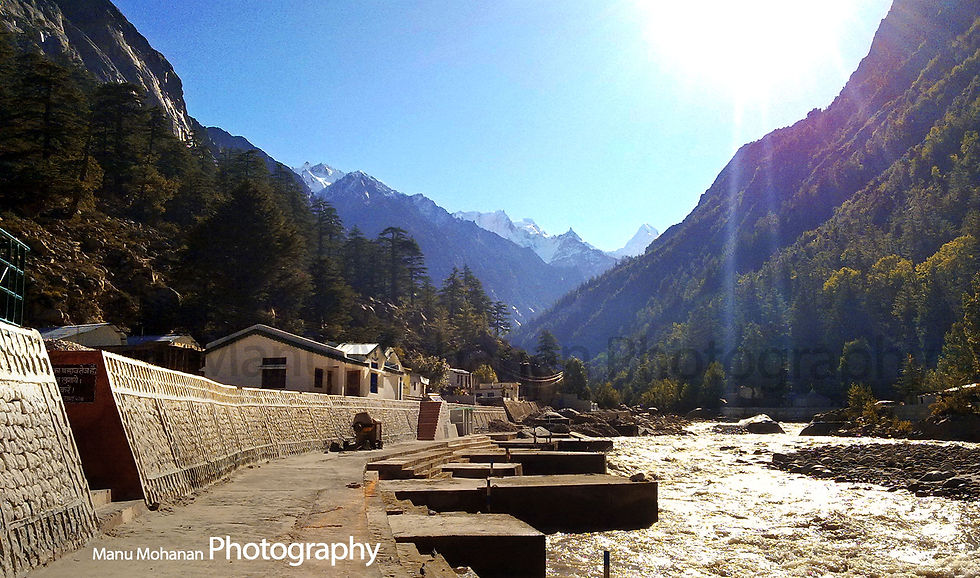
Himalaya

Himalaya
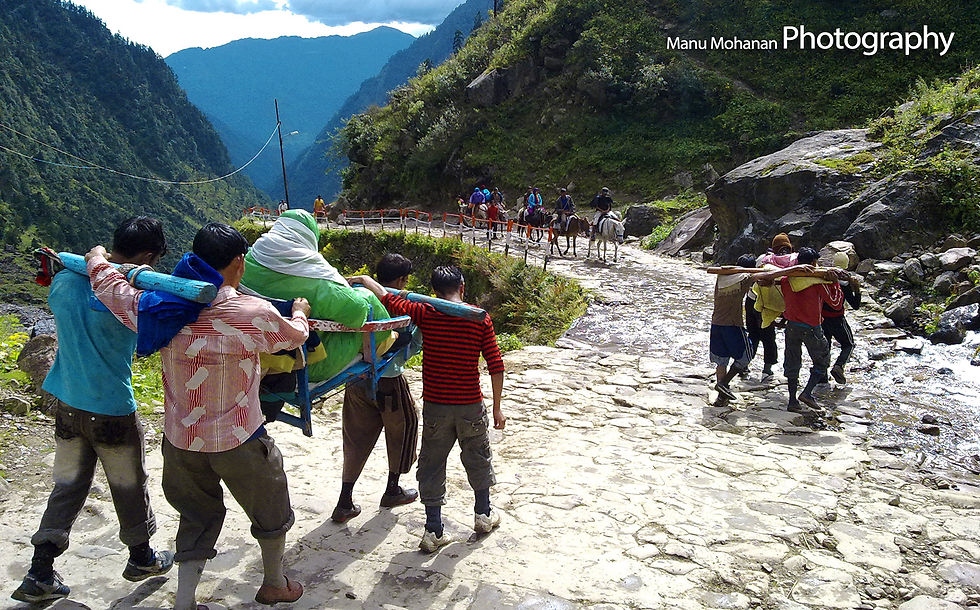
Himalaya

Himalaya
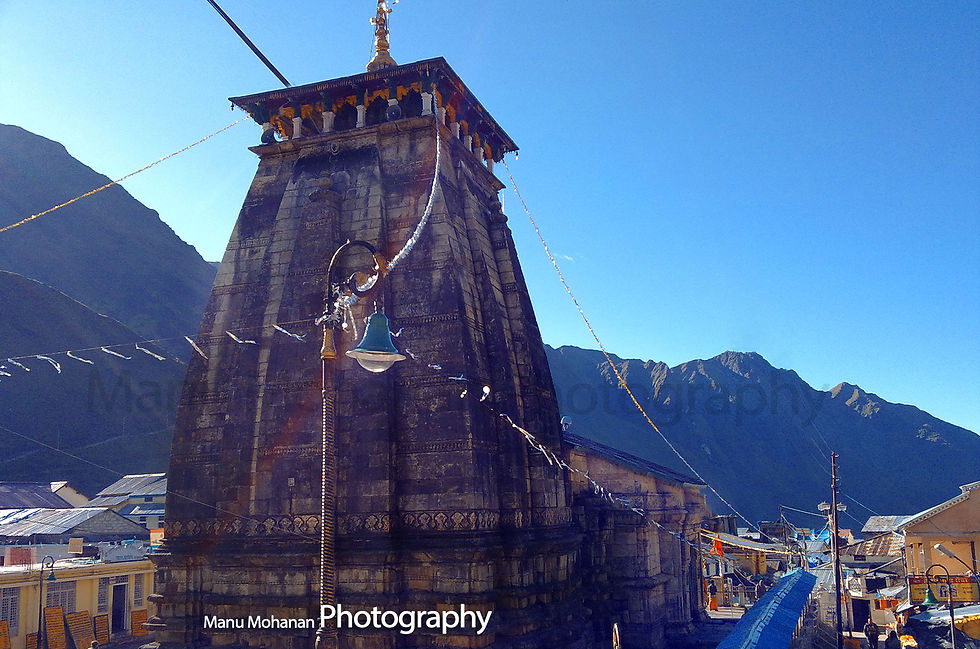
Himalaya
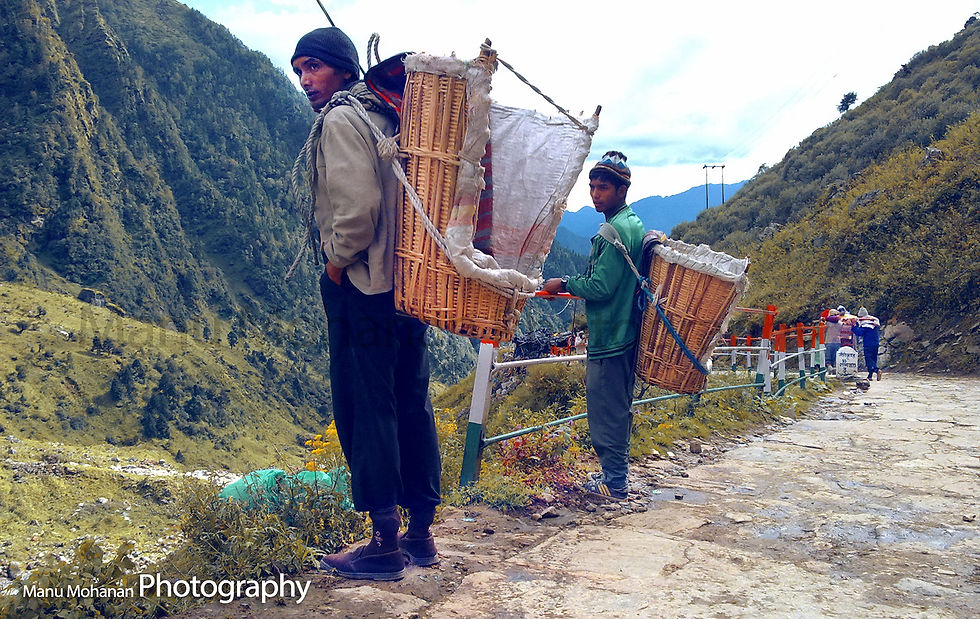
Himalaya
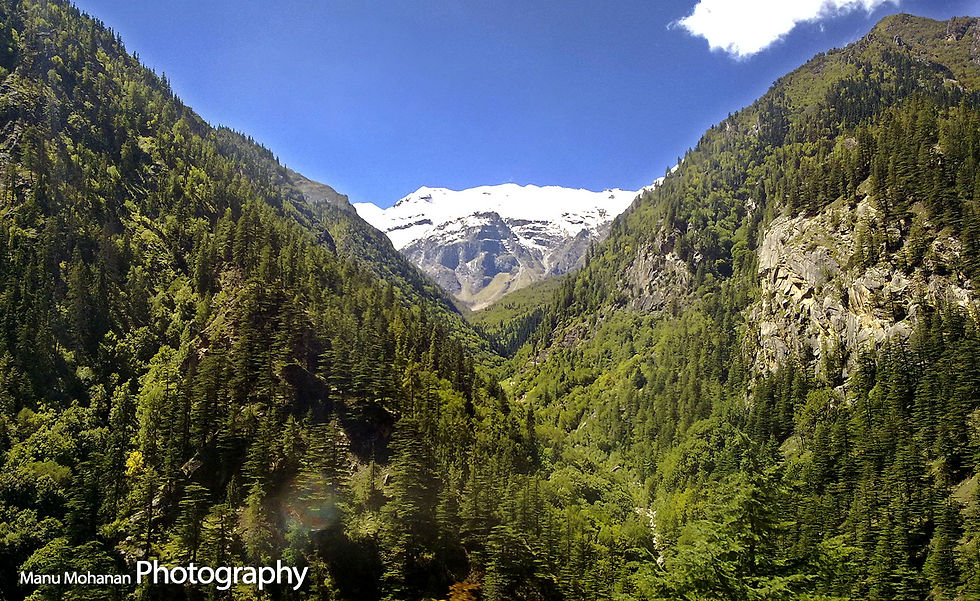
Himalaya

Himalaya

Himalaya